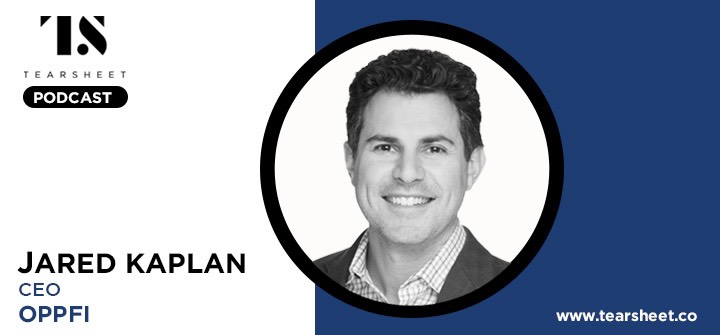Member Exclusive, Podcasts
‘Our four prong product strategy is a decade long vision’: OppFi’s Jared Kaplan
- Online lending platform OppFi has been in the middle of going public and rebranding throughout 2021.
- The firm is looking to expand its product set as it targets near prime customers in the U.S.








